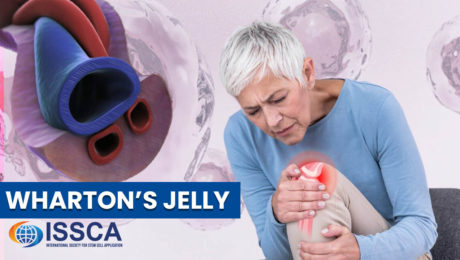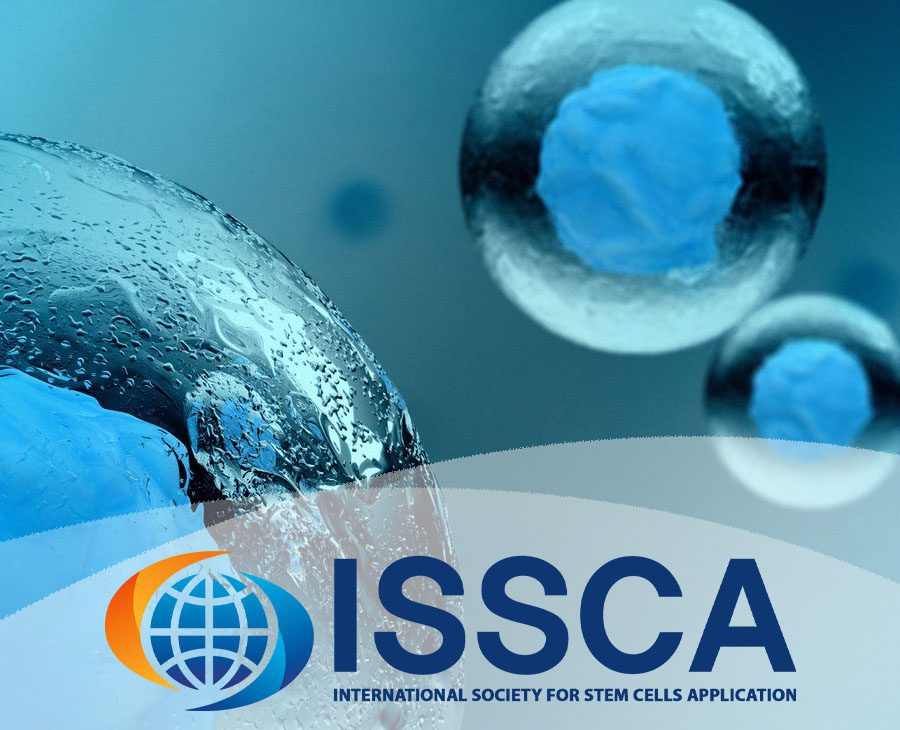Wharton’s Jelly – how does it work?
THURSDAY, 16 SEPTEMBER 2021 / PUBLISHED IN BLOG
What is Wharton’s Jelly?
Wharton’s Jelly is the substance that helps lubricate and support the umbilical cord. What makes Wharton’s Jelly so special is it contains high levels of mesenchymal stem cells. These special stem cells adapt to fit the cells needed to help regenerate damaged tissue and relieve pain naturally.
The Potency of Mesenchymal Stem Cells in Wharton’s Jelly
The mesenchymal stem cells that come from Wharton’s Jelly are among the most potent stem cells, rich in regenerative properties. Wharton’s Jelly also contains a good amount of collagen, hyaluronic acid, and anti-inflammatory properties, making them quintessential in regenerative medicine.
The Role of Regenerative Medicine
Regenerative medicine refers to treatments and medicine that are naturally occurring, including stem cell therapies. Mesenchymal stem cells are harvested from the Wharton Jelly found in the umbilical cord, donated by a healthy mother of a full-term baby. These stem cells contain all the regenerative properties needed to help the body heal and relieve pain naturally.
How Does Wharton’s Jelly Treatment Work?
Mesenchymal stem cells are injected into the body and have the ability to transmute into cells needed to repair damaged tissue and relieve inflammation. These cells harness potent regenerative properties that help rebuild the injured part of the body and provide long-lasting natural pain relief. Unlike pain medicines, which provide temporary relief that masks the symptoms and can be harmful if taken long-term, the stem cells found in Wharton’s Jelly are naturally occurring and natural to the body.
Best Uses for Wharton’s Jelly
Wharton’s Jelly is best used in patients with degenerative diseases and musculoskeletal injuries. The anti-inflammatory and regenerative properties work to repair damaged tissues, leading to lasting pain relief and restored function.
What to Expect from Wharton’s Jelly Treatment
Once a patient and doctor have decided on this type of stem cell treatment, patients can expect a relatively painless process. Stem cells are injected into the site and immediately go to work. Injections are virtually painless, and there are no known negative side effects. Patients can generally get right back to the activities they love. Doctors will discuss treatment plans based on individual needs, and in some cases, resting an injured area for a specific period may be needed.
The Effectiveness of Wharton’s Jelly Therapy
The mesenchymal stem cells found in Wharton’s Jelly have proven to be a very successful therapeutic method to treat several degenerative issues and injuries. This therapy is relatively painless, with no known negative side effects, making it an excellent choice in treatment. Instead of masking the pain with dangerous medicine, stem cell therapy offers a naturally occurring solution that aims to repair the damaged tissue and resolve the problem.
Learn More About Wharton’s Jelly Treatment
If you want to learn more about Wharton’s Jelly Treatment and how you can help your patients, you can check our next training course here: Wharton’s Jelly Training Course.
- Published in Blog



